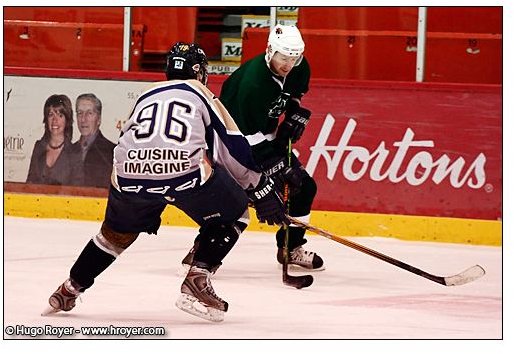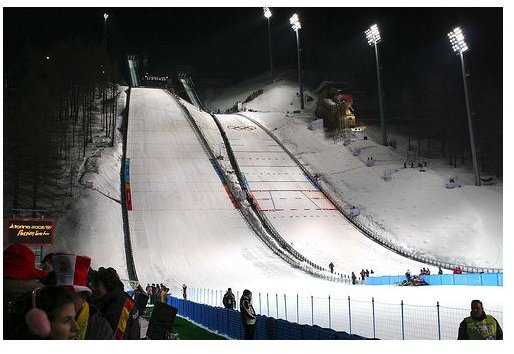Olympic Photography: Tips and Tricks on Capturing the Olympics
Overview
The Vancouver Winter Olympics are fast approaching. And, both amateurs and professionals alike are looking for ways to catch that perfect shot that will make their Olympics either very memorable or profitable. But, how do you capture that ideal photograph? Here are some tips and tricks for taking the best Olympic photographs.
Equipment
First of all, you need a good camera. Digital SLRs with great manual and auto focus work really well for sporting events. While manual focus is important for safety shots (shots taken to ensure that you have at least one good shot even if you can’t obtain an action shot), you really need auto focus for action shots. You don’t have time to set up every shot. So, you need to create good shots fast that aren’t noisy or completely blurry.
Next, you need to get as close to the action as possible. This either means buying really good tickets, being on the sidelines or investing in a super-long zoom. Since most people are not part of the media or cannot afford the VIP passes, you probably want to invest in the zoom lens. For outdoor sports or day games, a zoom lens with a F5.6 variable aperture will work really well. For indoor events or anything at night, you should want to upgrade to the F2.8 or higher aperture range. Plus, the longer lenses will allow you to keep the background a little murky, and your subject will be more in focus.
While using your lens, you should try to keep the lens in the open wide or near to wide open setting. You need to take photos fast, and this will assist you in the process. One caveat with these larger lenses, your arms are going to tired, which is a killer for shots. Invest in a monopod, which is easy to carry and even fold up to place in a backpack or pocket. Also consider what you are focusing on. Ice is going to be very reflective so you need a lens that is extremely fast. Auto focus will also help with the lighting situation.
Tips and Tricks
To also assist you with the perfect shot, you need to know your sport. With hockey, you know that players are going to be moving towards the goal to try and score. So, focusing on this area will almost guarantee that you will get at least one great action shot. In this situation, you’re going to use zone focus, where you point your camera on one section and take a picture when players move into the area. Focusing on the zone for team sports, including soccer, hockey and curling, works the best.
But, zone focus won’t work for every sport. Individual or couple sports, like figure skating, are not moving towards a goal or end zone. In figure skating, skaters are moving around the ice in the dark with only a spotlight. In this situation, you should use follow focus, where you keep the subject in focus until you get the right shot.
While it may be hard in team sports, you should try to keep your subjects faces in focus. You really can see the intensity of the action in your subject’s expressions, allowing for a more dramatic shot. The Rule of Thirds will assist with this. This basically says that you

divide up your gram into three areas both vertically and horizontally. Where these lines meet is where you should place your subject. By basically allowing you’re subject to move into this area, it will be in perfect frame.
Finally, you want to have shutter speeds that are really fast. Sports are fast-paced events, and your shots will come out sloppy if it’s not done right. You need to capture the movement by speeding up to that movement’s speed with your camera. So, your camera should be nearly twice as fast as the fastest movement of your hand-holding speed.
Your film can also help with freezing the action. Basically, the higher the ISO, the faster your camera speed will be. Always buy your film around the 1600 speed. You won’t regret the extra cost.
